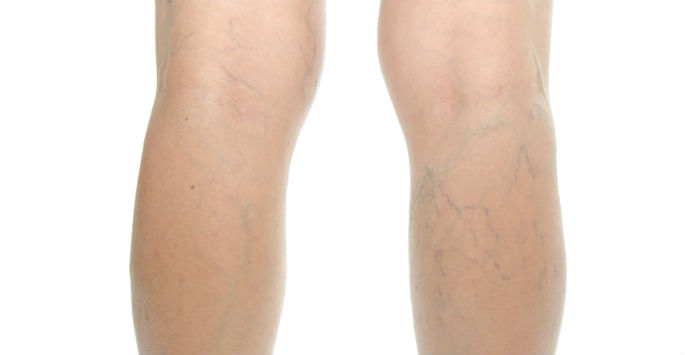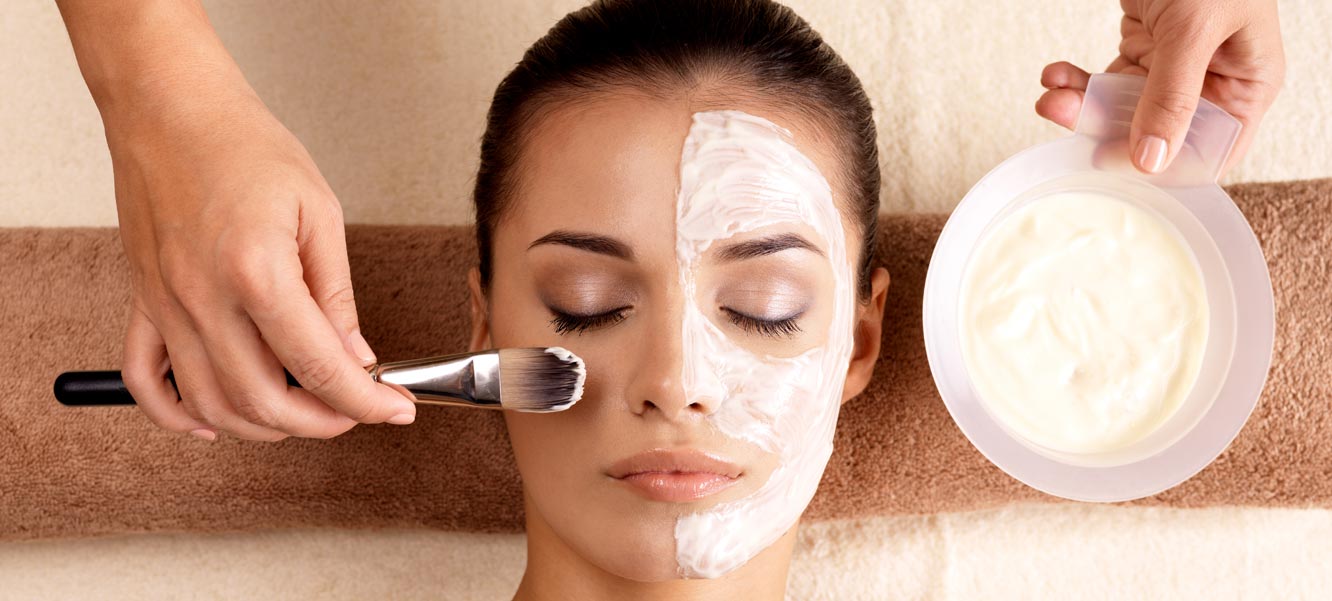Sculptra is a synthetic, biocompatible substance that takes advantage of chemicals that are already in your body. The substance is made from a natural lactic acid, which eliminates the need for allergy testing. While there are very few health concerns involved with the product, you should still disclose all of your medical history to your plastic surgeon.
The treatment is designed to be used as part of outpatient plastic surgery treatments. These can often be performed at a doctor’s office, rather than seeking the assistance of a specialized surgeon every time. Your surgeon will still be responsible for your initial consultation, where he or she will pinpoint areas that need the injection.

How the Injection Procedure Works
The procedure starts with the doctor or surgeon mixing the diluted mixture with lidocaine. This helps make the injection process easier and reduces the amount of pain you feel. After it is mixed, it is injected under the skin. Every area that needs assistance is injected, giving you a perfect spot placement.
Immediately after the treatment, the areas of the face need to be massaged to allow the substance to be distributed evenly. This keeps bumps from forming underneath the skin, giving you an even appearance.
One of the best features of using Sculptra is that there is little to no downtime after treatment. Patients typically return to work right away and resume their lives as normal, unless directed by a doctor. If swelling or side effects occur, a simple ice pack can be applied.
The Sculptra Retreatment Process
Patients typically need to use Sculptraas part of a series to keep up with the results. It may take weeks for the treatment to take full effect. Your doctor or plastic surgeon will be able to help you design a regimen that typically consists of treating, waiting, assessing the effects and retreating as necessary. When Sculptra is first applied, the doctor will need to wait to see the full effect of the injections first before they can make further recommendations.
By properly assessing the situation, your plastic surgeon is avoiding the risk of overtreatment. Overcorrecting areas of the skin can lead to the formation of nodules or bumps under the skin. Working every two or three weeks on the face allows the doctor to inject just the right amount of Sculptra.
How to Get a Sculptra Injection
People who are ideal candidates for a Sculptra injection need to contact a local plastic surgeon to help them decide if the treatment is right for them. There are many types of fillers and injectables that can be used on the face to even out the surface and finely tune the appearance. Sculptra is used in many different situations, but it is important to make sure this particular filler will help you to accomplish your cosmetic goals.
If you would like to learn more about Sculptra or other fillers for your face, contact your local plastic surgeon today. They will be happy to provide you with more information.








